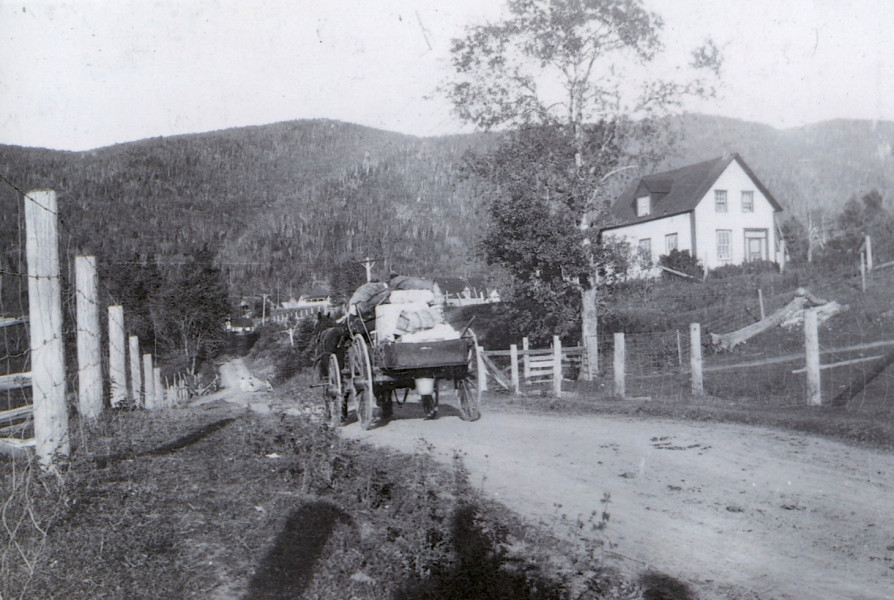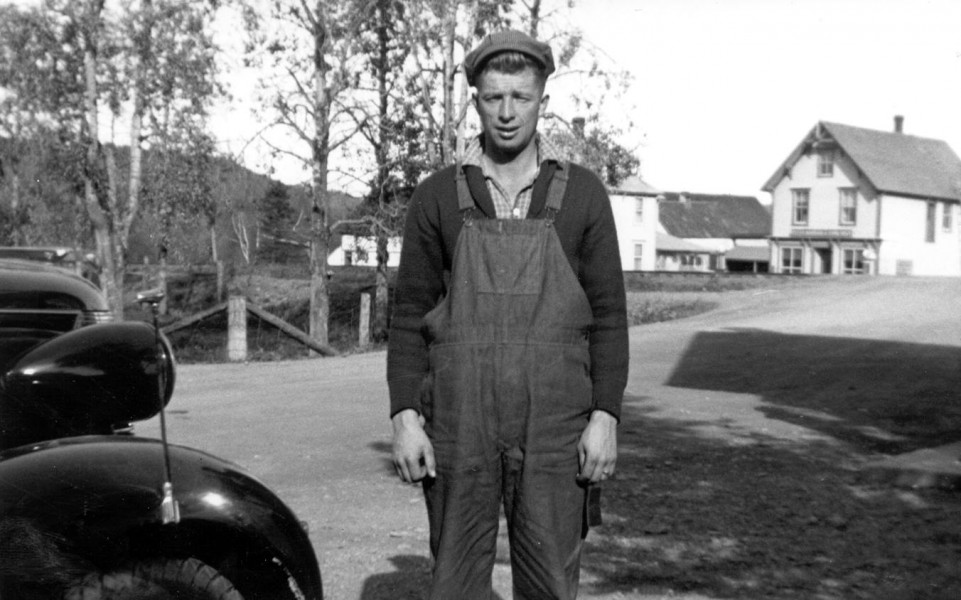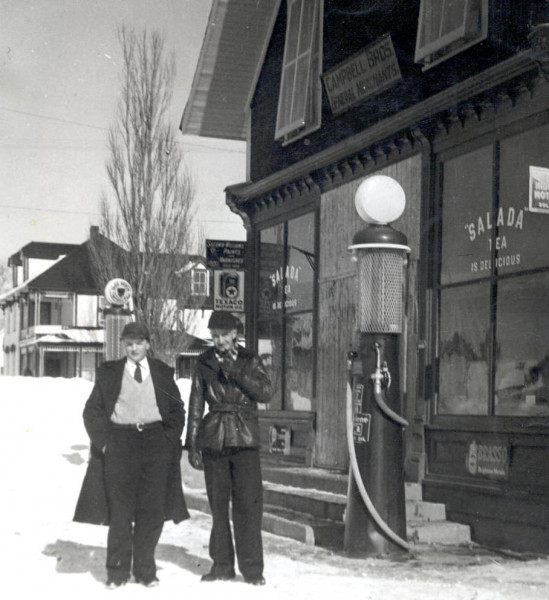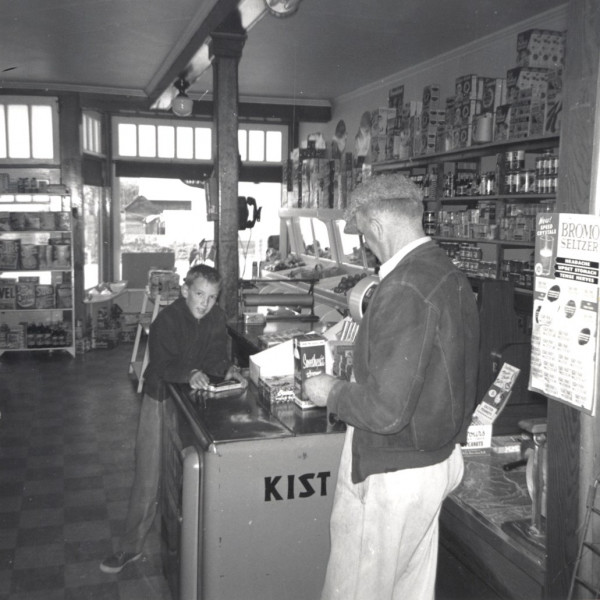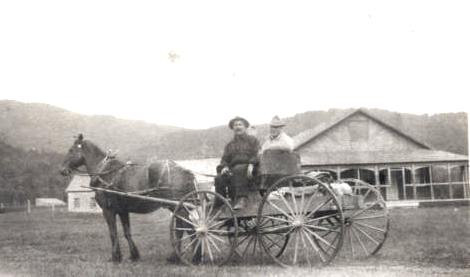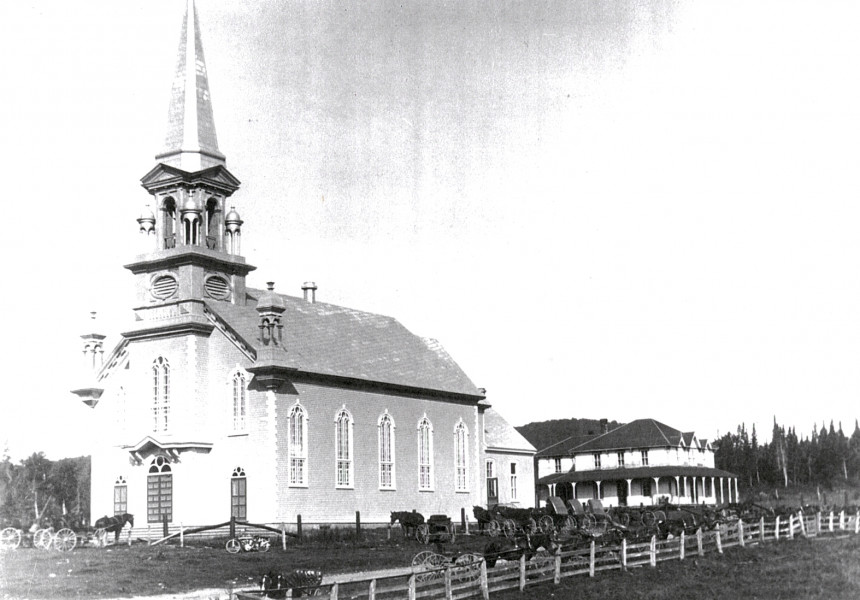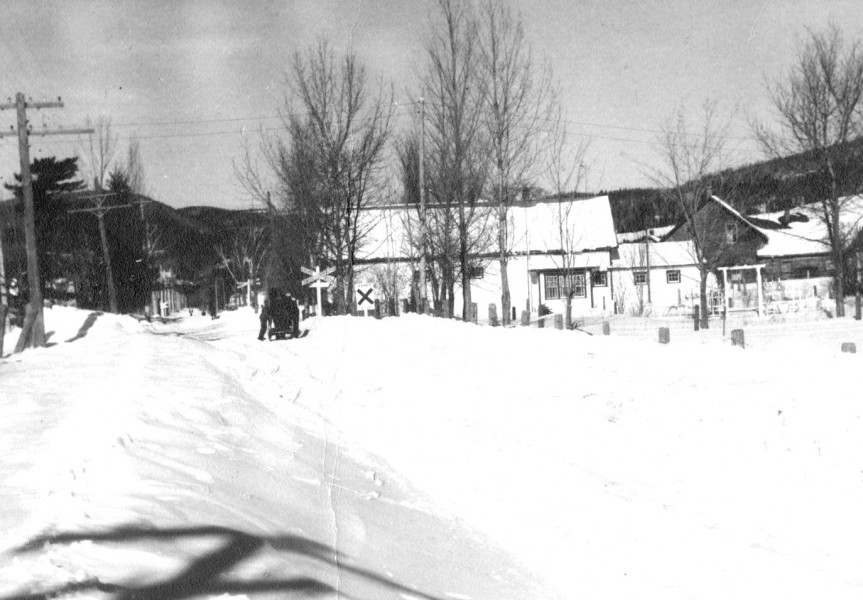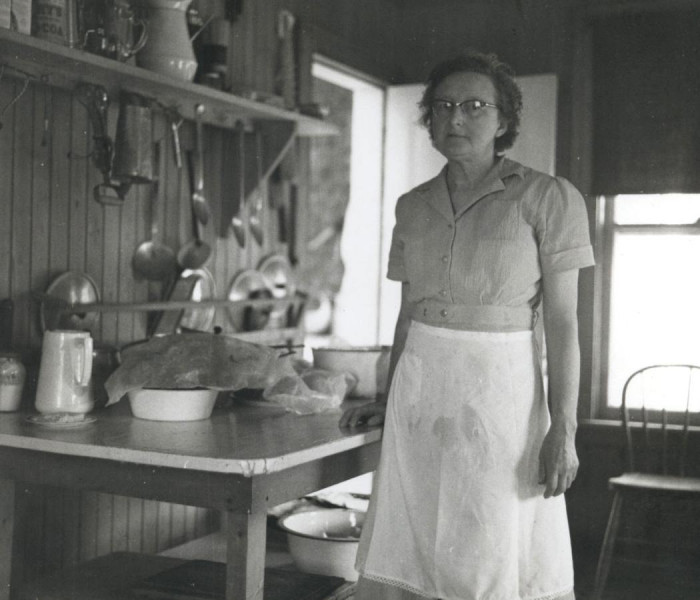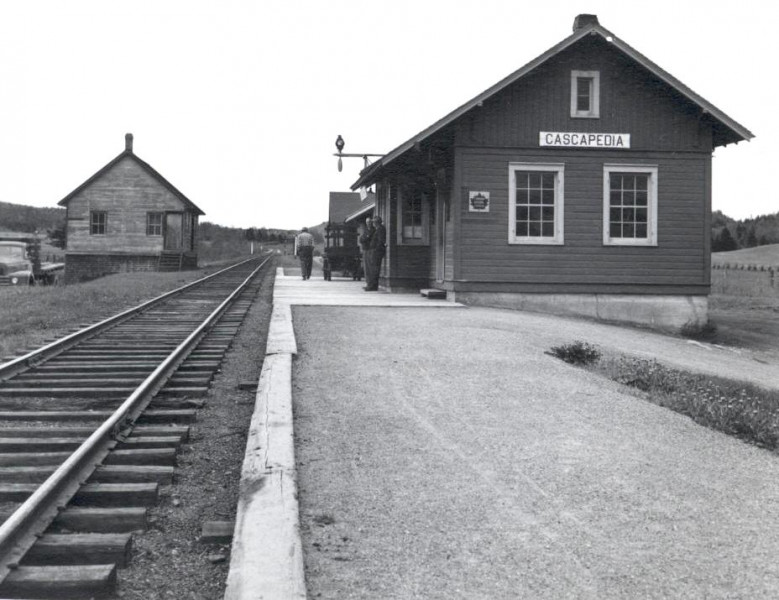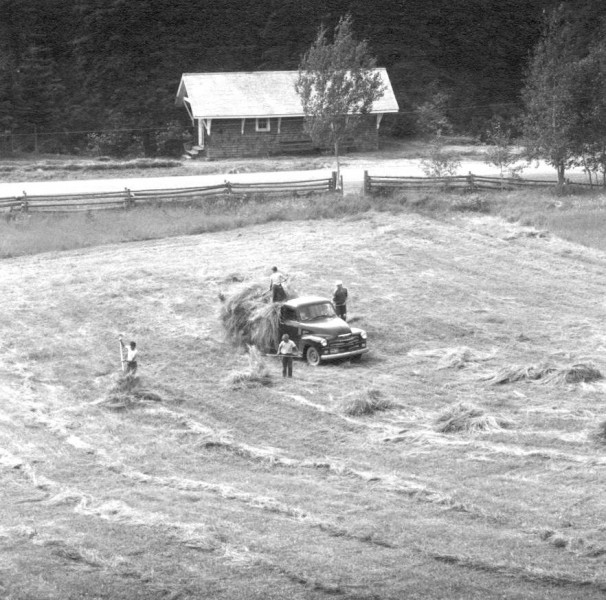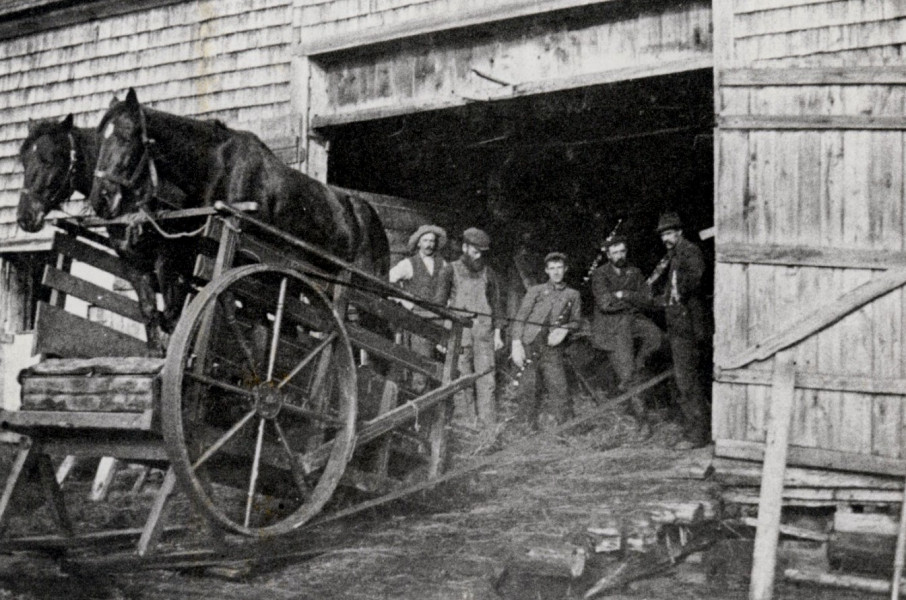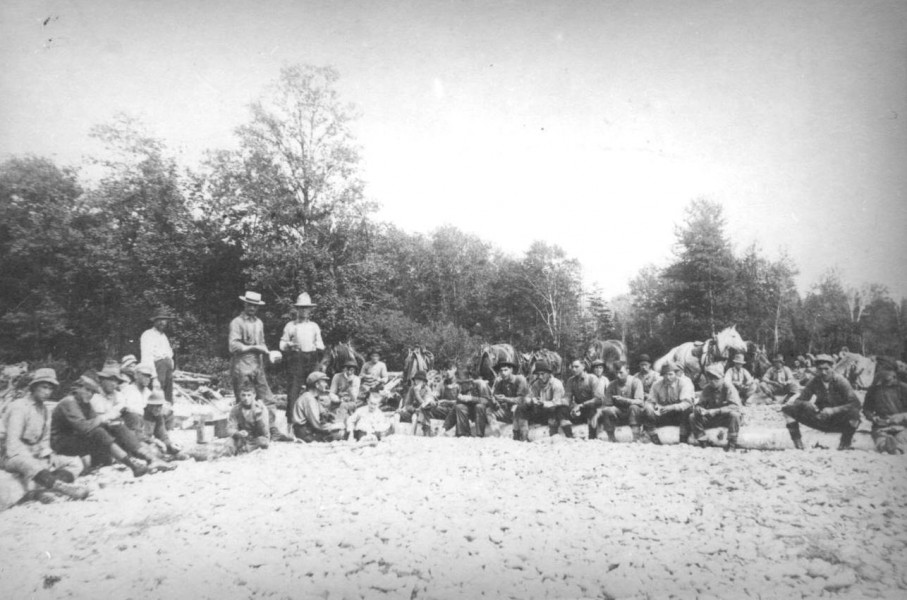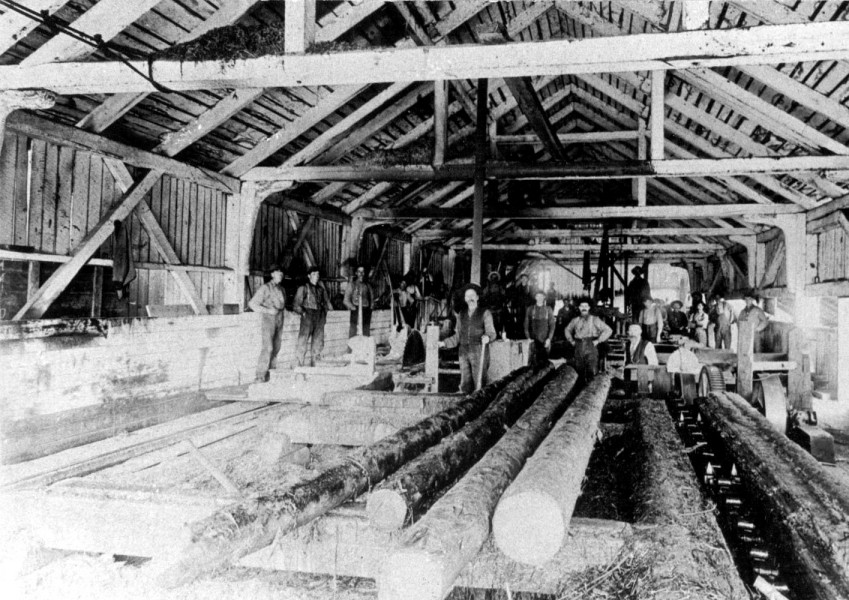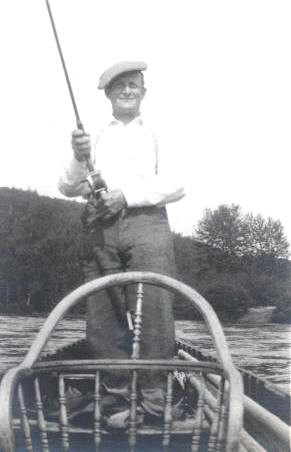The Cascapedia River begins as two fast flowing streams high in the Shick Shock Mountains. The river born of these two branches flows over a series of falls and through narrow, rocky passages, and continues on through the broad valley of Cascapedia-St. Jules. It flows over a distance of 139 kilometres (87 miles) before emptying into the Bay of Chaleurs.
Geologist William Logan came to the Gaspé Coast in 1843 and made the first scientific study of the Cascapedia River. The information collected became part of the first Geological Survey of Canada. The accounts of his explorations were reported and word of the bountiful salmon resources spread throughout the angling community.
The inhabitants around the river during the mid-to-late 1800s included the Micmac people as well as settlers of Irish, Scottish, English and Acadian descent. The Micmacs were skilled hunters and fishermen and their culture was well established before the arrival of the first settlers.
The early pioneers depended on the Micmacs to learn the skills necessary to survive in the harsh environment. By the end of the 18th century, many of the newcomers had settled near the river’s mouth at New Richmond. Through time, they migrated upriver and settled in the present-day village of Cascapedia-St. Jules.
Early life in the village was based on farming, hunting, fishing and trapping. In time, logging became a major activity for the new settlement, as well.
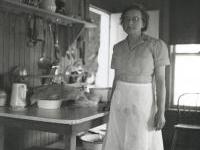 The Cascapedia River itself was becoming increasingly known as a destination for salmon fishing and the locals became expert fishermen in their own right. They were well prepared to work as guides for the sport fishermen who were beginning to come to the river in search of Atlantic salmon.
The Cascapedia River itself was becoming increasingly known as a destination for salmon fishing and the locals became expert fishermen in their own right. They were well prepared to work as guides for the sport fishermen who were beginning to come to the river in search of Atlantic salmon.
Schools, churches, general stores, and a hotel were built to accommodate the growing community’s needs and within a few years the river had become one of the premier destinations for anglers. These fishermen came not only for the bountiful salmon, but also to share in the warmth and hospitality of the settlers of the region.
The sportsmen owned the camps along the river, and the locals provided the skill and expertise needed to provide the guests with an enjoyable experience. The river provided the opportunity for local residents to stay in the area and raise their families. Today, the tradition continues, with approximately 130 people employed on the Cascapedia River in jobs related to salmon fishing.
